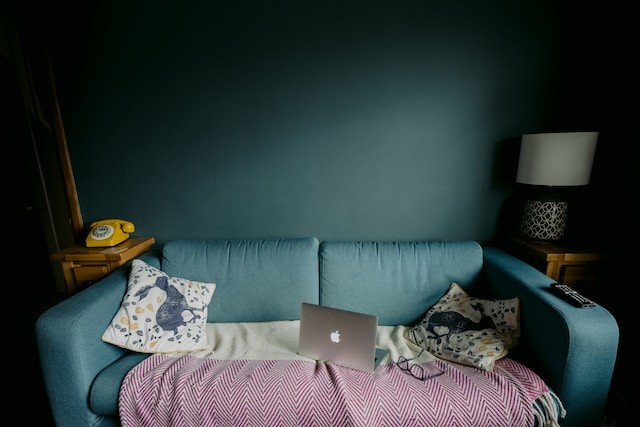
Are you tired of the nine-to-five grind and ready to take the leap into freelancing? Making the switch from employee to freelancer can be a daunting task, but with the right planning and preparation, it can be a rewarding and fulfilling career move. In this article, we’ll explore the steps you need to take to successfully transition from employee to freelancer.
To succeed as a freelancer, you need to have a clear understanding of your skills and the type of work you want to do. Take stock of your experience, education, and interests, and identify a niche that you can specialize in. This could be anything from web design to writing to consulting. Once you’ve identified your niche, you can begin to develop a plan to market yourself to potential clients.
As a freelancer, you are essentially running your own business, and it’s important to have a solid plan in place. This should include your goals, target market, financial projections, and marketing strategy. A business plan will help you stay on track and make informed decisions as you build your freelance career.
Your portfolio and brand are essential to marketing yourself as a freelancer. When building your portfolio, it’s essential to highlight your top-notch projects and exhibit your proficiency and know-how in your field. Your brand should communicate your unique value proposition and help you stand out from the competition. This includes everything from your logo and website to your social media presence and marketing materials.
One of the biggest challenges of freelancing is setting your rates and managing your finances. You need to determine how much you need to charge to cover your expenses and make a profit, while also remaining competitive in your niche. It’s important to create a budget and track your income and expenses, as well as to plan for taxes and retirement.
The responsibility of sourcing and retaining clients falls entirely on the shoulders of a freelancer. This requires a strong marketing strategy that includes networking, social media, and other forms of outreach. You should also consider partnering with other freelancers or agencies to expand your reach and offer more services.

To succeed as a freelancer, you need to establish a professional workflow that includes clear communication with clients, project management, and time tracking. This will help you stay organized and deliver high-quality work on time and on budget.
Your workspace is essential to your success as a freelancer. Whether you work from home or from a coworking space, you need to create a conducive environment that allows you to focus and be productive. This includes having the right equipment and tools, such as a reliable computer, high-speed internet, and a comfortable workspace.
One of the benefits of freelancing is the flexibility it offers, but it’s important to maintain a healthy work-life balance. Set boundaries and establish a schedule that allows you to take breaks and recharge. This will help you avoid burnout and maintain a sustainable freelance career.
As a freelancer, you are solely responsible for your success, and it’s important to stay motivated and continue to learn and grow. Attend industry events, take courses, and stay up-to-date with the latest trends and technologies in your niche. This will help you remain competitive and offer your clients the best possible service.
The freelance lifestyle can present distinctive hurdles that require careful navigation, including juggling time and financial resources, managing challenging clients, and staying motivated and engaged. To ensure success as a freelancer, it’s crucial to proactively predict potential challenges and devise a strategy to tackle them. This could include setting boundaries, seeking mentorship or support, and practicing self-care.
Transitioning from employee to freelancer can be a challenging process, but there are steps you can take to make the transition smoother. This includes building your network, taking on freelance work while still employed, and investing in your skills and equipment.
In conclusion, making the switch from employee to freelancer requires careful planning and preparation, but with the right steps in place, it can be a fulfilling and rewarding career move. By understanding the benefits and challenges of freelancing, assessing your skills and identifying your niche, developing a business plan, and building a strong brand and portfolio, you can successfully transition to a freelance career. Remember to prioritize self-care and maintain a healthy work-life balance, and stay motivated and continue to learn and grow as you navigate the world of freelancing.
A dream doesn’t become reality through magic; it takes sweat, determination, and hard workColin Powell
Whether you are looking for talented people to get the job done or would like to offer your services, we have got you covered.
Monstawork is a service marketplace which offer collaboration with professionals and experts to deliver the job.
Our complete solution offers all the tools needed for both Freelancer and Employer to collaborate and communicate.
Freelancer works on projects which offer by Employer. Freelancer also offer services which can be purchased by Employer.
Employer offer projects which Freelancer chooses to work on. Employer can purchase services offer by Freelancer.
Project is a term used to describe a work offered by Employer who seeks help on certain tasks. Freelancer can communicate with Employer to offer his/her skill to work on the project.
Service is a task offered by Freelancer based on their skillset. Employer can choose the service if its meet his/her requirements for the task to be done.